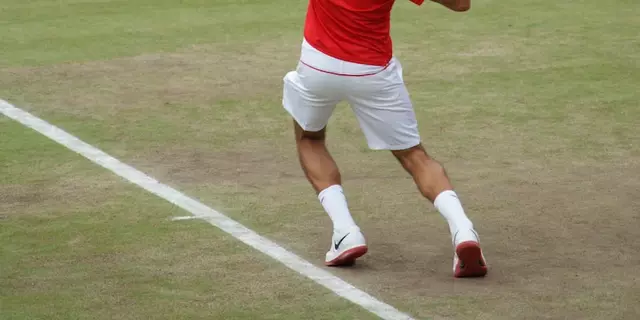Understanding the Basics of Court Speed
The speed of a tennis court is determined by how fast the ball bounces off the surface. The faster the court, the less time a player has to react to their opponent's shot. Conversely, slower courts give the ball more time in the air, thus allowing players more time to prepare their response. Court speed can significantly influence the pace and style of play, and it's important to understand these nuances to fully appreciate the game.
Factors that Influence Court Speed
The speed of a court isn’t just about the type of surface. There are several factors that can influence court speed. First and foremost is the type of surface. Grass courts are usually the fastest, followed by hard courts, and then clay courts. However, even within these categories, there can be variations. For example, hard courts can be made faster or slower depending on the amount and type of sand mixed into the paint. Other factors include the type of ball used, the altitude, and even the weather conditions.
The Australian Open and Plexicushion
The Australian Open uses a specific type of hard court called Plexicushion. This surface is a blend of latex, rubber, and plastic particles, providing a medium-fast pace. It's known for being durable, consistent, and able to withstand the extreme heat often experienced during the tournament. However, Plexicushion is also known for being slower than other hard courts, particularly when compared to the US Open's DecoTurf.
Changes to the Australian Open Courts in 2021
There have been several reports suggesting that the courts at the Australian Open this year are playing slower than usual. Players have commented on the noticeable difference in speed, with some even claiming it's more like playing on a clay court. The reason for this decrease in speed is not immediately clear, but there are several potential explanations.
Why the Court Speed Might Be Lower This Year
One possible reason for the slower court speed could be a change in the Plexicushion formula. The Australian Open has not officially confirmed any changes, but it wouldn't be the first time a Grand Slam tournament has altered its courts. Another possible explanation could be the weather. Cooler temperatures can slow down the court, and Melbourne has experienced some lower-than-average temperatures this year. Finally, the type of ball could also be a factor. The Australian Open switched to a new ball provider in 2020, and these balls could potentially be contributing to the slower play.
Implications of a Slower Court
Slower courts generally favour baseline players who excel in longer rallies, while faster courts benefit aggressive players who rely on their serve and volley. This change in court speed could therefore affect the outcomes of matches, potentially giving an advantage to certain players. However, it's important to remember that all players are dealing with the same conditions. The ability to adapt to different environments and conditions is a key part of what makes a great tennis player.
Conclusion: The Unpredictability of Tennis
Whether or not the court speed at the Australian Open has decreased this year, the tournament has once again reminded us of the unpredictability of tennis. Changes in court speed, whether due to weather, equipment, or other factors, are just one of the many variables that players must navigate. And while these changes can certainly influence the outcome of matches, they also add to the excitement and unpredictability of the game - reminding us that, in tennis as in life, nothing is ever certain.





